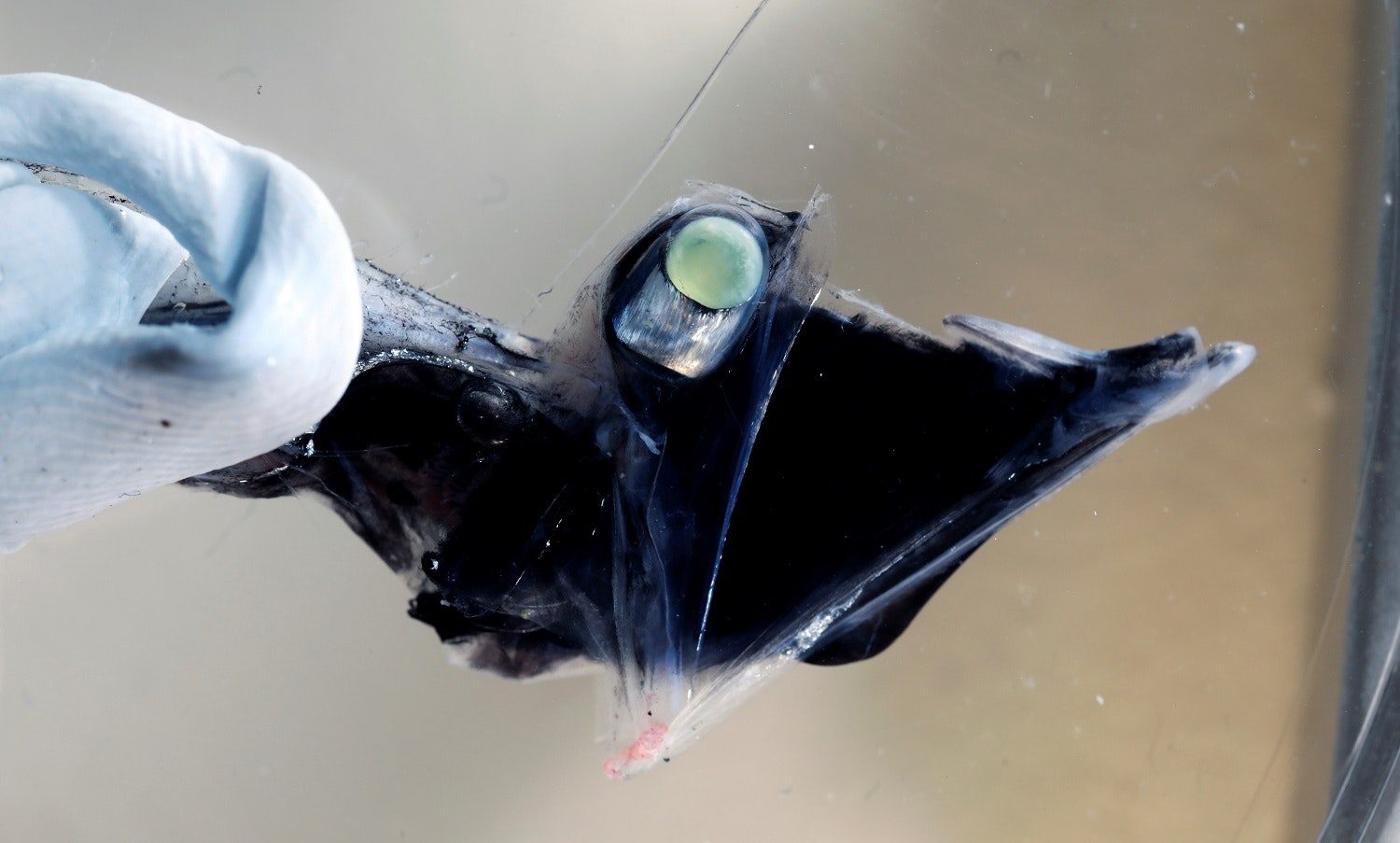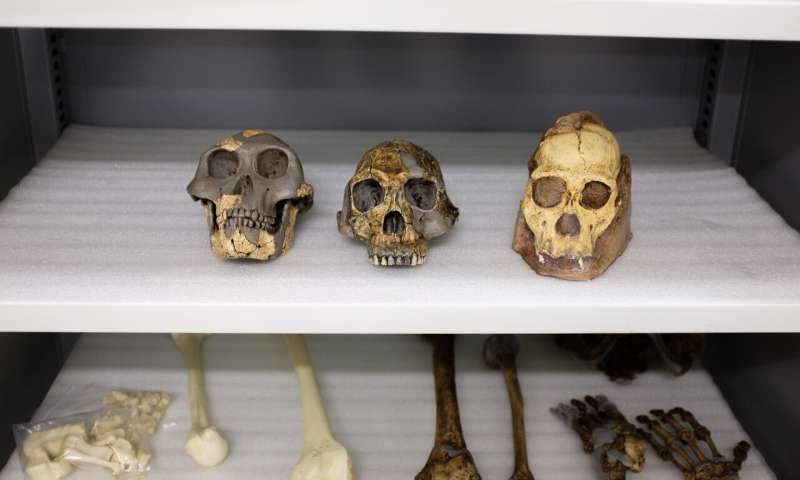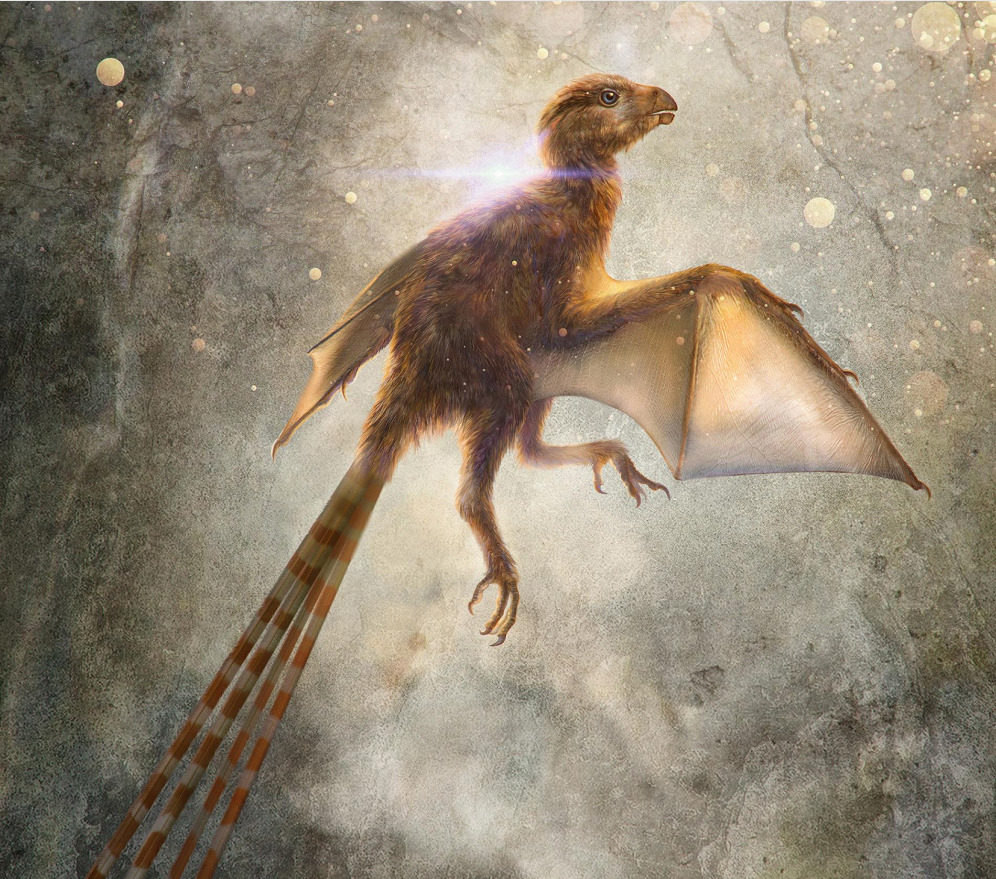Is Creationism true? Or is Darwinism true? And why would it have to be one or the other? It seems it hasn't occurred to many people that
both might be wrong. Since both of them, despite what they might claim, are more about ideology than science, it shouldn't really be too surprising that science doesn't really support either, at least not in the form they're presented.
Most people who believe in Creationism do so because they were raised Christians, and they believe in the Bible (a bit too literally at that). On the other hand, there seem to be three main reasons why people believe in Darwinism: they've been taught it at school, they only have a vague sense of the underlying science (or the lack thereof, as we'll see), and/or they're convinced Creationism is nonsense and believe their only other option is Darwinism. There are, however, some serious problems with all three of these justifications.
First, the way Darwinism is taught in schools is extremely deceptive and would require an article of its own, but I will outline what's wrong with Darwinism in general and with the way it is presented to us.
Second, the vague knowledge of the science and facts relevant to evolution that most people have actually prevents them from seeing the countless problems of Darwinism.
The notion that organisms evolved step by step is easy to swallow when you have no clear idea what exactly these steps would have to be and how exactly the mechanism of evolution is supposed to work. Without a clear sense of what the cell looks like, what it contains, how complex it is, how it works, and what DNA does, you're only left with the talking points that affirm that it all really does work and that science has proved it (and that only ignorant people question it.)
You rarely get to hear how flimsy this science actually is, how elusive the proofs are, and how many scientists disagree with the mainstream narrative. Anti-Darwinian ideas are often literally banned from schools, usually on the false premise that they're not scientific. True scientific reasoning is sorely lacking in Darwinism itself however.
Third, Darwinism and Creationism aren't our only choices. This is not an election where you have to choose between two candidates. Just like with a choice between two presidential candidates, if you allow yourself to be convinced that those are your only options, you've already lost. The assumptions that anyone who isn't a Darwinist must be a Creationist and that if you're not a Creationist, you have to be a Darwinist, are false.
There's Creationism, there's Darwinism, and then there's the truth. This rarely noticed third option is what I want to focus on in this article. And to find the truth, we must identify the lies. I won't talk about Creationism, because it's based on a fictional book and it's about trying to fit facts into the book's narrative. Besides, no amount of proof will move Creationists from their beliefs. My point is to show to people who passively believe Darwinism is true but have never done any serious research to confirm or deny this, that Darwinism has massive flaws and identifying them doesn't have to lead us towards Creationism.
My basis for the argument against Darwinism is science, especially scientific discoveries from the last few decades. Darwinism is stuck in the first half of the 20th century.
There's no need to invoke God to show that Darwinian evolution doesn't work as described. Science does the job. Believing in the ability of Darwinism to explain evolution is not about how much you know but about how much you're willing to ignore.It should also be noted that, in general, we're talking about things for which there is often insufficient clear evidence, and much of the evidence we have is subject to interpretation. Different people have different interpretations of the same facts, largely influenced by their particular world views and beliefs. Some things we know for sure, but many things are much less clear. In any theory of evolution we are by definition dealing with events and processes that occurred long ago, and we can study some of them only from scattered pieces of evidence that don't include the complete context required to understand them fully. In many cases, we must simply acknowledge that we don't know and that our differing beliefs are based on theories and speculations.
I will divide this article into three main parts: what exactly the Darwinian process of evolution is and how it's supposed to work, why it doesn't and can't do what it claims to do, and what that means for us.




Comment: Profound in its implications, the validity of intelligent design as good science's answer to neo-Darwinism - is fast becoming understood and embraced by those left dissatified with the limited, antiquated and materialist way of understanding 'evolution,' and the meaning of life itself.
See also: